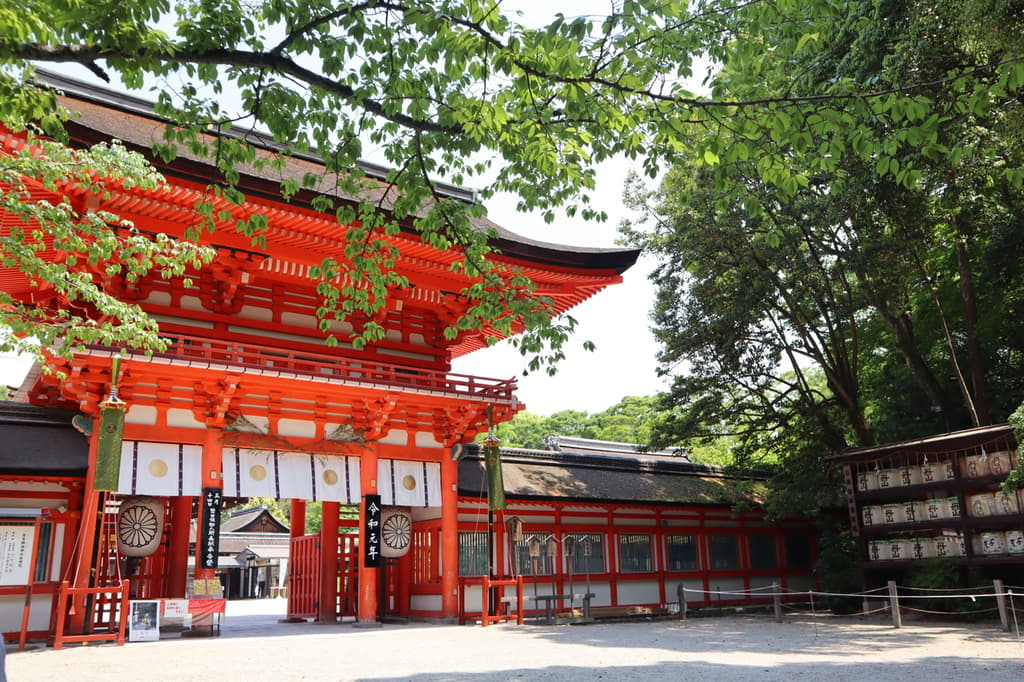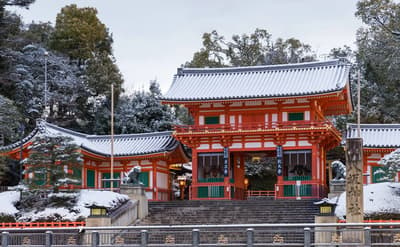The area around Shimogamo-jinja Shrine, Ginkaku-ji Temple, and the Kyoto Imperial Palace is located in the eastern part of Kyoto City, extending from the foot of the mountain toward the center of Kyoto City.
There are many large universities in this area, and the area is characterized by a blend of residential and tourist areas. It is relatively less crowded than the Kiyomizu-dera Temple area, and you can feel the local people’s activities in a moderately touristy and moderately touristy area.
The area is also characterized by its abundance of greenery. The Tadasunomori at Shimogamo-jinja Shrine and the riverside area along the Philosopher’s Path (Tetsugaku-no-michi) are great places to stroll when the season is right, and are recommended for those who want to sightsee while getting in touch with nature.
In this issue, we will introduce seven recommended spots in the area around Shimogamo-jinja Shrine, Ginkakuji Temple, and the Kyoto Imperial Palace.
Ginkaku-ji Temple / Jisho-ji Temple(銀閣寺 / 慈照寺)
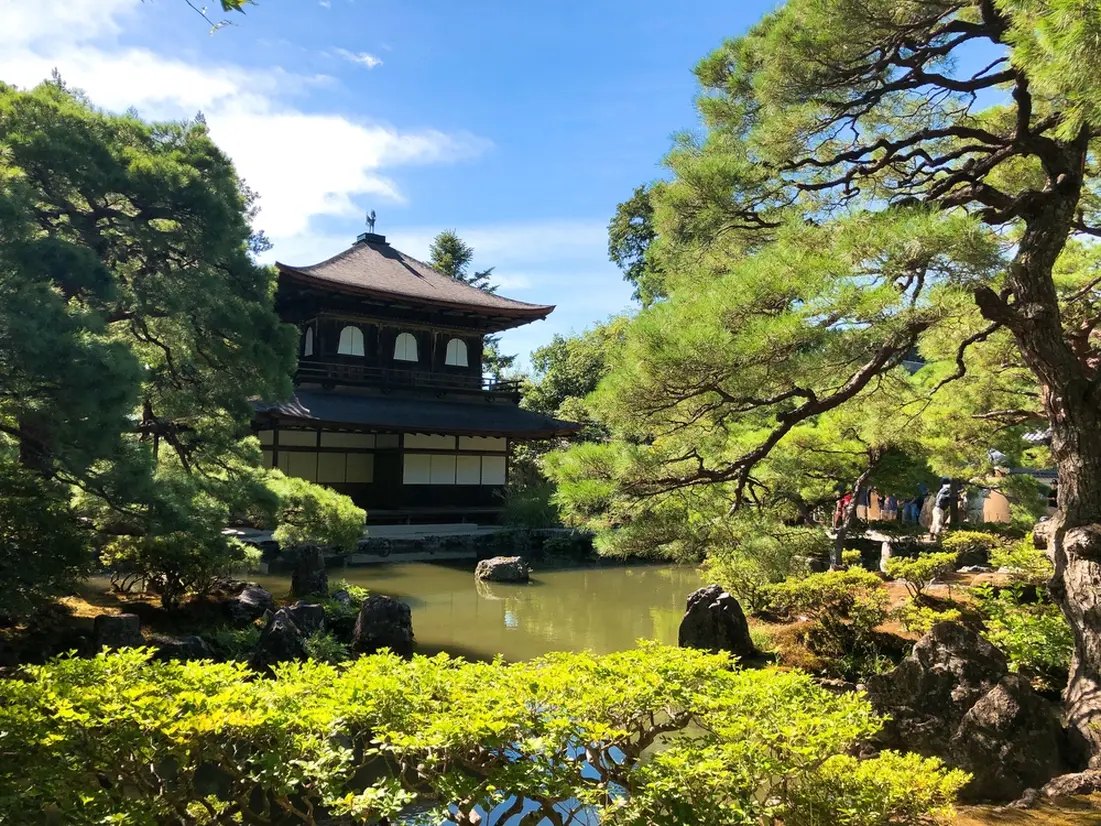
This temple, famous for the Ginkaku-ji Temple, is officially called “Higashiyama Jisho-ji Temple. The name “Ginkaku-ji Temple” suggests a silvery appearance, just as Kinkaku-ji Temple in gold, but in fact it has a majestic “wabi sabi” appearance. Ginkaku-ji Temple is known as a representative building of the Higashiyama culture in which it was built.
The precincts of Ginkaku-ji Temple are surrounded by a lush green garden centered around a pond named Kinkyochi Pond. In spring and summer, moss and trees are beautifully green, making it a very pleasant place just to walk around.
There are also many other sights to see, such as the innovative “Kogetsudai” fill in the precincts of the temple and the “Ginkakujigaki”, a 50-meter-long bamboo fence. There is also an open view spot from Togudo where you can climb up the mountain to see the temple grounds and the city of Kyoto.
Philosopher’s Path (Tetsugaku-no-michi) (哲学の道)
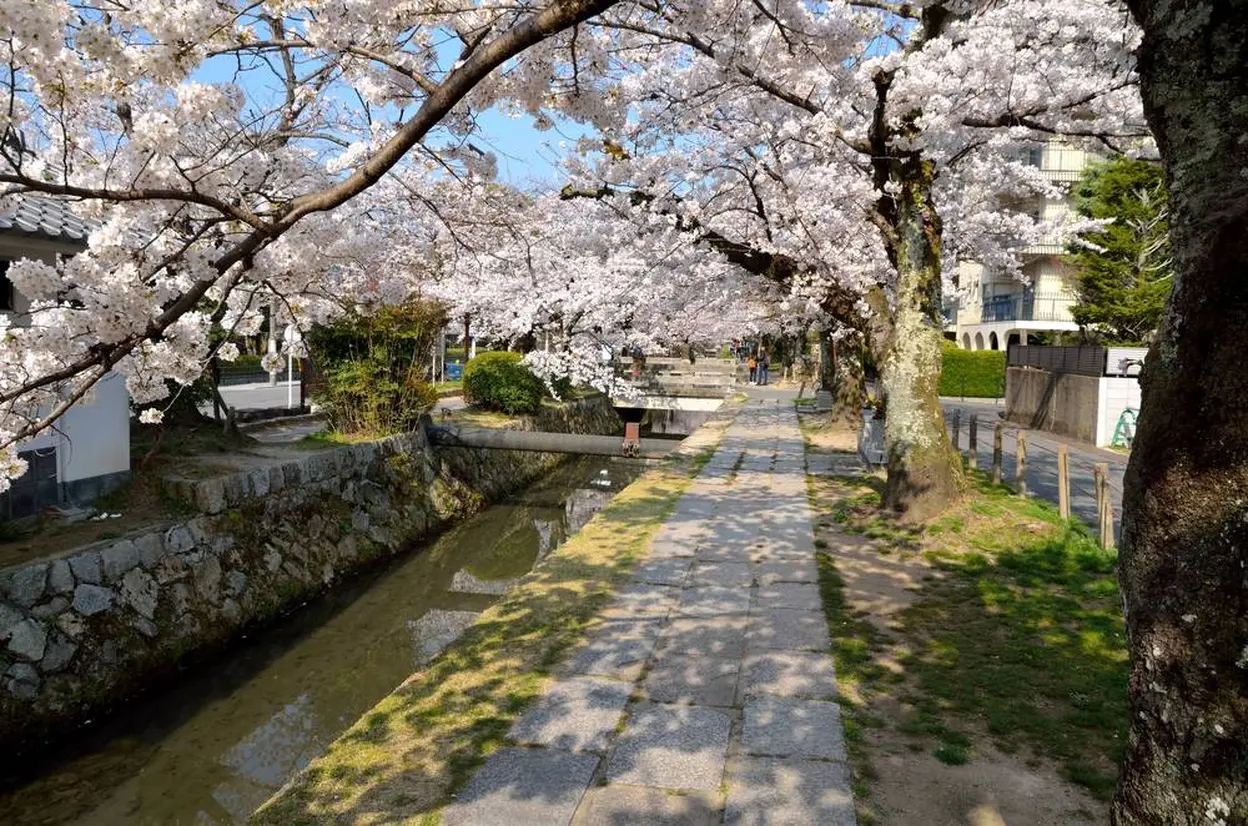
The Philosopher’s Path (Tetsugaku-no-michi) is a 2-kilometer walk that begins at Ginkaku-ji Temple on the north side and ends at Kumanonyakuouji Shrine. The name “philosophical path” comes from the fact that philosophers used to think while walking along this path. Depending on the season, you can enjoy cherry blossoms, hydrangeas, and autumn leaves, making it one of the most popular walking spots in Kyoto where you can feel nature. The path is dotted with cafes, general stores, and small temples, making it a pleasant place to stop and enjoy a stroll.
Kyoto Imperial Palace / Kyoto Gyoen National Garden (京都御所 / 京都御苑)
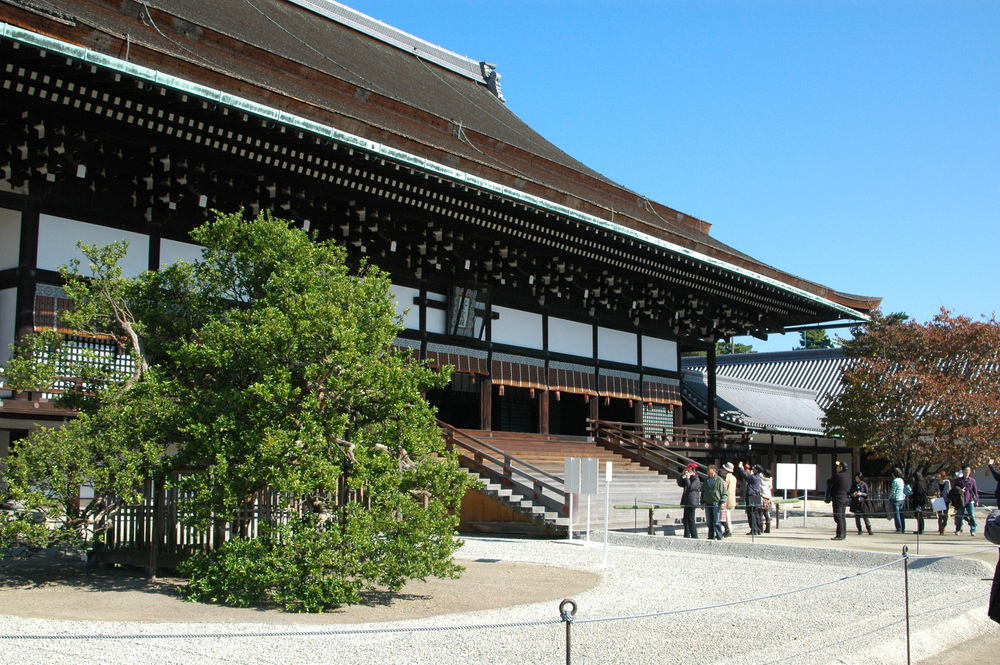
The Kyoto Imperial Palace, the residence of Japan’s emperors for more than 500 years, is an essential part of Japanese history, and has been open to the public year-round since 2016, with no application or entrance fee required.
There are a number of attractions within the palace, but be sure to check out Shishinden, a highly prestigious building, Seiryoden, where the emperor lived his daily life, and the Oikeniwa garden, where you can enjoy the seasonal changes in the garden.
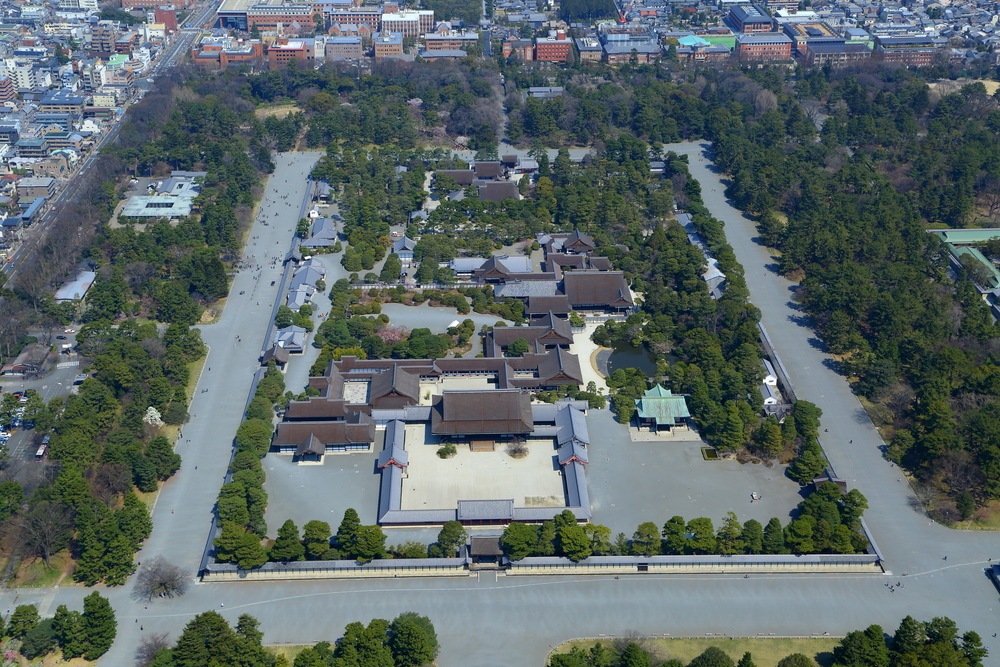
The Kyoto Gyoen National Garden surrounding the Kyoto Imperial Palace are also a great place to stroll and enjoy the abundant greenery. The Kyoto Gyoen National Garden is so vast that just circling it is a good workout. You can see many people who live in the area enjoying daily strolls, jogging, and cycling around the garden.
Shimogamo-jinja Shrine / Kamomioya-jinja Shrine(下鴨神社 / 賀茂御祖神社)
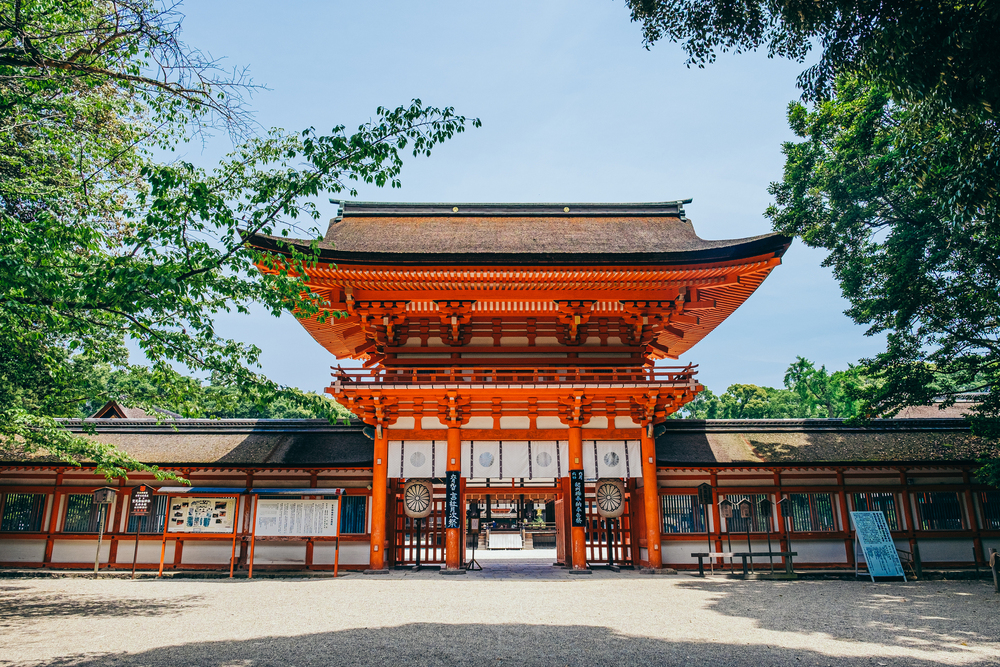
Shimogamo-jinja Shrine, officially called Kamomioya-jinja Shrine, is located near the Kamogawa Delta where the Kamogawa and Takanogawa Rivers converge. It is registered as one of the UNESCO World Cultural Heritage sites, and the main shrine, divided into west and east sections, is registered as a national treasure.
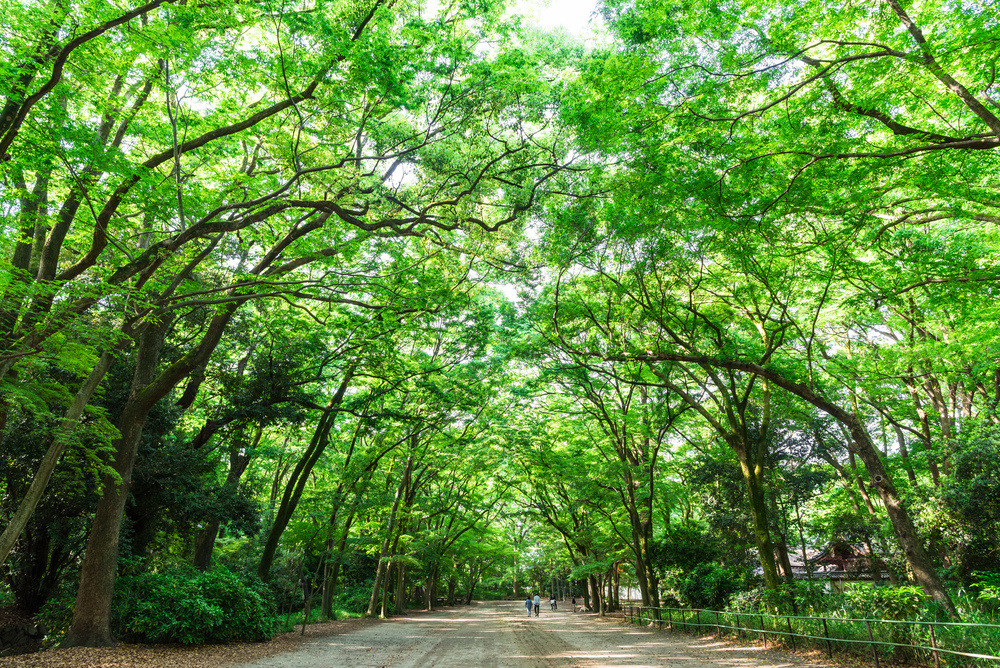
A vast forest called Tadasu-no-mori covers the precincts of Shimogamo-jinja Shrine. A stream flows through the forest, which is filled with many trees, making it a very pleasant place to walk around. There are a number of related shrines and other facilities within Shimogamo-jinja Shrine, so one of the best ways to enjoy Shimogamo-jinja Shrine is to stroll through the forest and visit the various related facilities.
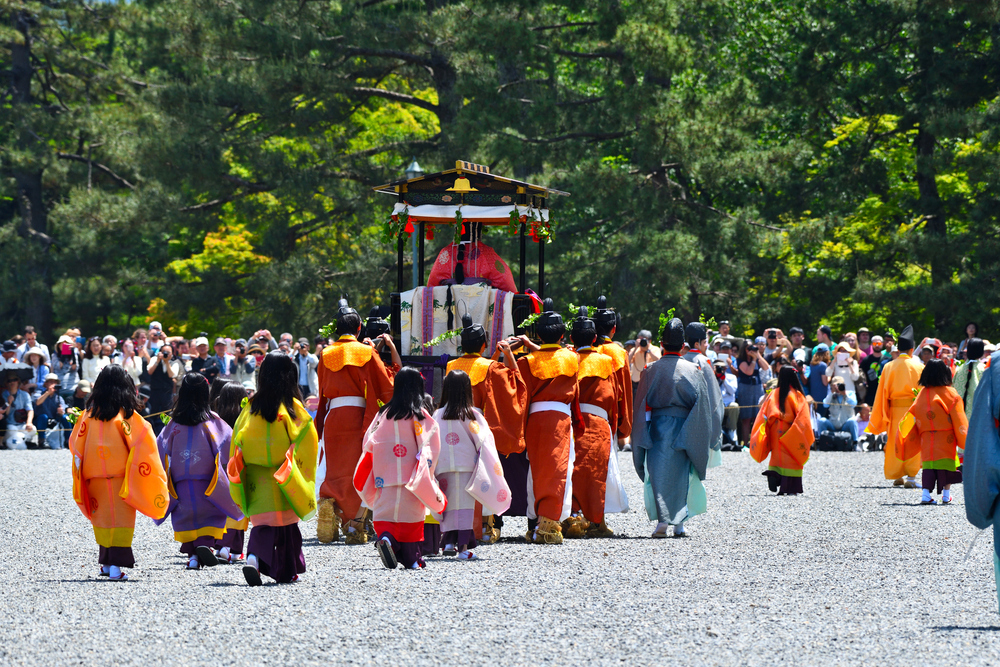
Shimogamo-jinja Shrine is also famous as the setting for Aoi Matsuri Festival, one of the three major festivals in Kyoto. The Aoi Matsuri Festival is an annual festival of Kamomioya-jinja Shrine (Shimogamo-jinja Shrine) and Kamo Wakeikazuchi Jinja Shrine (Kamigamo-jinja Shrine) that is said to have started over 1,500 years ago, with various events starting in May.On May 15, visitors can see an eight-kilometer procession of people dressed in the costumes of Heian aristocrats.
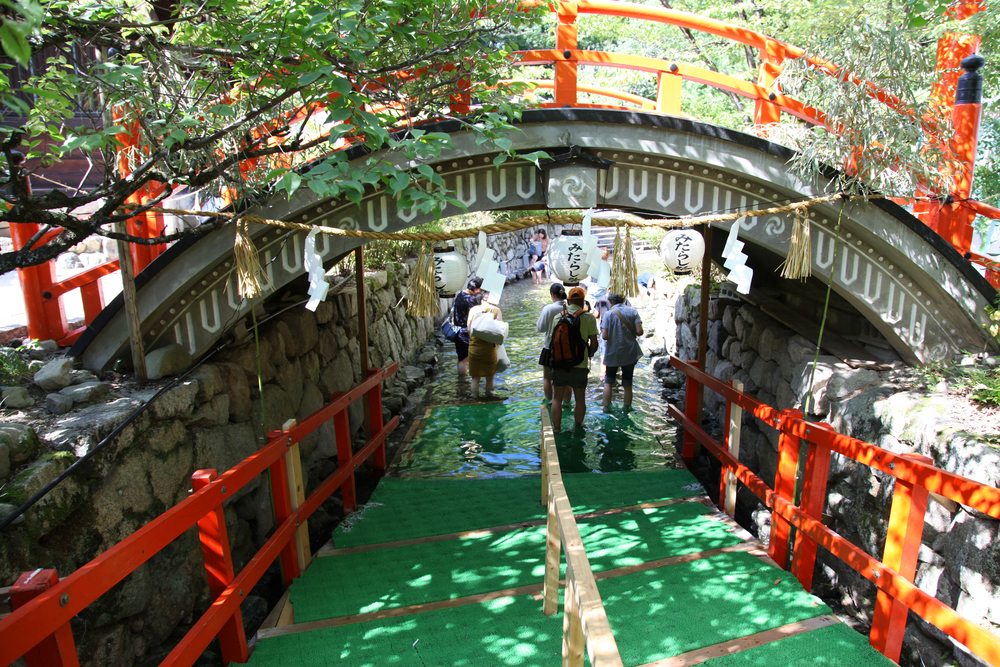
Another famous festival is the “Mitarashi Festival” held every July. Also known as the “Ashitsuke Shinji,” this festival is a summer tradition at Shimogamo-jinja Shrine. Visitors can dip their feet in the Mitarashi Pond, which is normally inaccessible, to pray for good health.
Kamogawa Delta(鴨川デルタ)
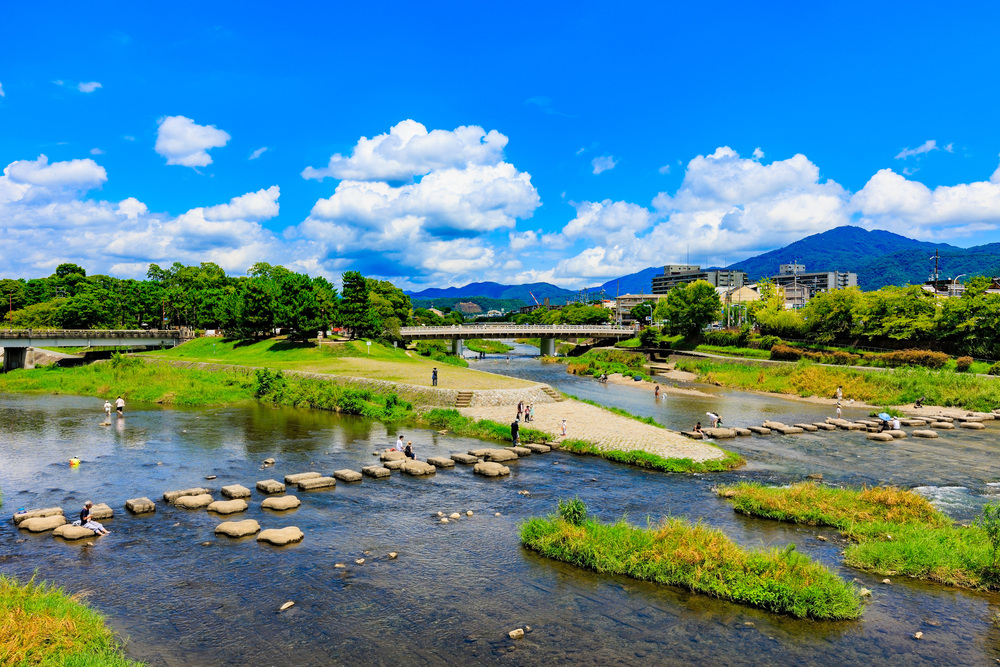
The Kamogawa Delta refers to the triangular area where the Kamogawa River and the Takanogawa River converge. The area is crowded with families and groups of college students on holidays, as they can enjoy the seasonal scenery along the Kamo River. In the river, there are stepping stones in the shape of turtles and birds, and when the river level is low, children can be seen flying and playing on the stepping stones. The Kamogawa Delta has often appeared in TV dramas and animations, and many people visit the area as a holy place of pilgrimage.
Kamo Mitarashi Chaya(加茂みたらし茶屋)
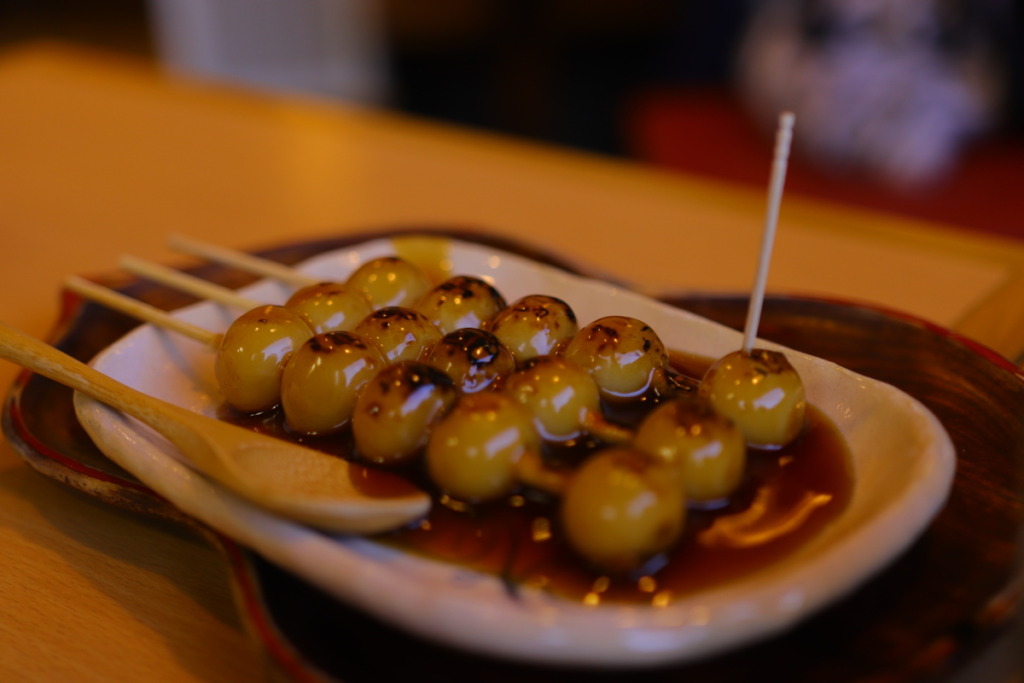
This is the teahouse where Mitarashi dumplings originated, located just a short walk from Shimogamo-jinja Shrine. The shape of the dumplings is based on the shape of the polka dots that gush out of the Mitarashi Pond at Shimogamo-jinja Shrine. 5 dumplings represent the 5 human bodies and originated from the festival at Shimogamo-jinja Shrine where they were offered as dolls before the gods as a prayer for good health and good fortune. The firm dumplings go well with the brown sugar-based sauce, and you can easily eat three of them.
Demachi Futaba(出町ふたば)
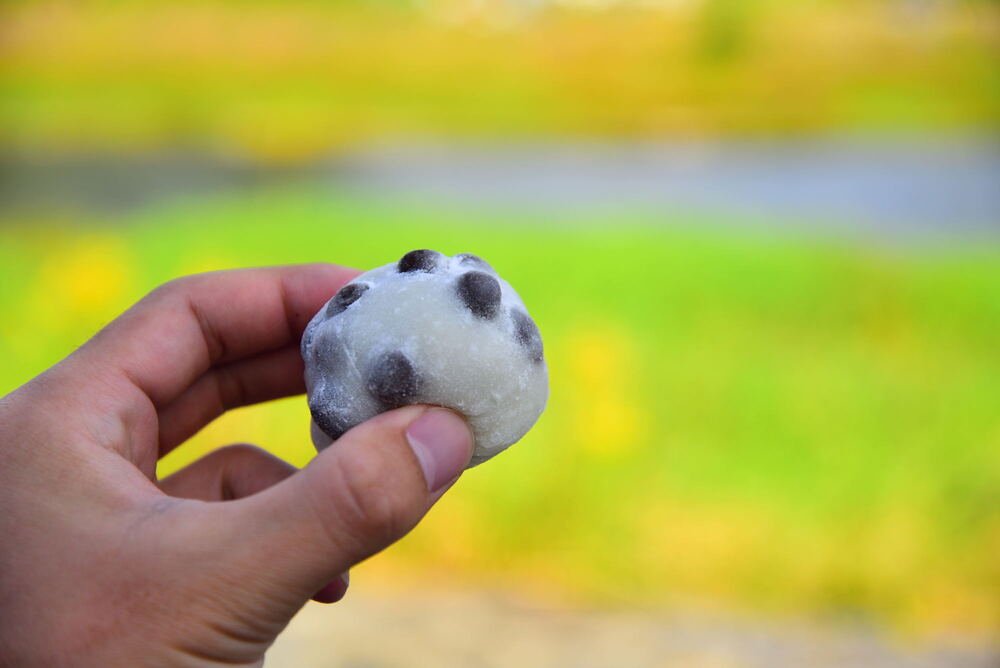
Every day people line up at Demachi Futaba, a long-established Japanese sweets store in Demachiyanagi that has been in business since the Meiji era (1868-1912), for its signature product, the “Mame-mochi” (bean mochi). The store is a staple of the local people, and is also an ever-popular souvenir. The store is located near the Kamogawa Delta, so buying a bean cake and taking a break at the Kamogawa Delta is a recommended way to spend a day.
